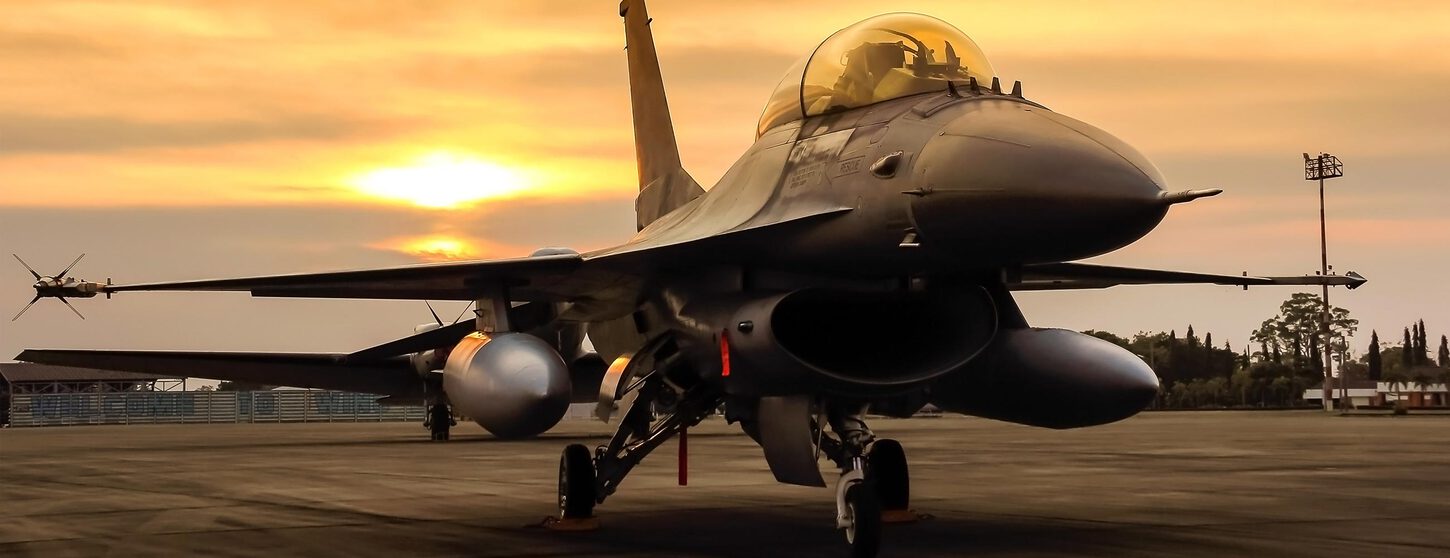
Electronic Warfare
MPP products amplify incoming signals from enemy radar or communications systems to enable the electronic warfare system to deceive or disable threats, protecting soldiers, ground installations and ships.
The electronic warfare market utilizes MPP’s VEDs for threat-protection systems for ships, aircraft and high-value land assets, protecting them against radar-guided munitions that utilize semi-active or active radar to acquire their targets. Incorporating MPP’s electronic warfare products, these threat-protection systems can be deployed within an electronic warfare platform, included in an external pod or used as a stand-alone decoy.
Electronic Countermeasure (ECM) Systems:
MPP produces vacuum electron devices (VEDs) – specifically, helix traveling wave tubes (TWTs) – and high-power transmitter subsystems, respectively, for the electronic warfare market. MPP’s ECM components are designed to deliver superior mean time between failure (MTBF) rates.The electronic warfare market utilizes MPP’s VEDs for threat-protection systems for ships, aircraft and high-value land assets, protecting them against radar-guided munitions that utilize semi-active or active radar to acquire their targets. Incorporating MPP’s electronic warfare products, these threat-protection systems can be deployed within an electronic warfare platform, included in an external pod or used as a stand-alone decoy.
